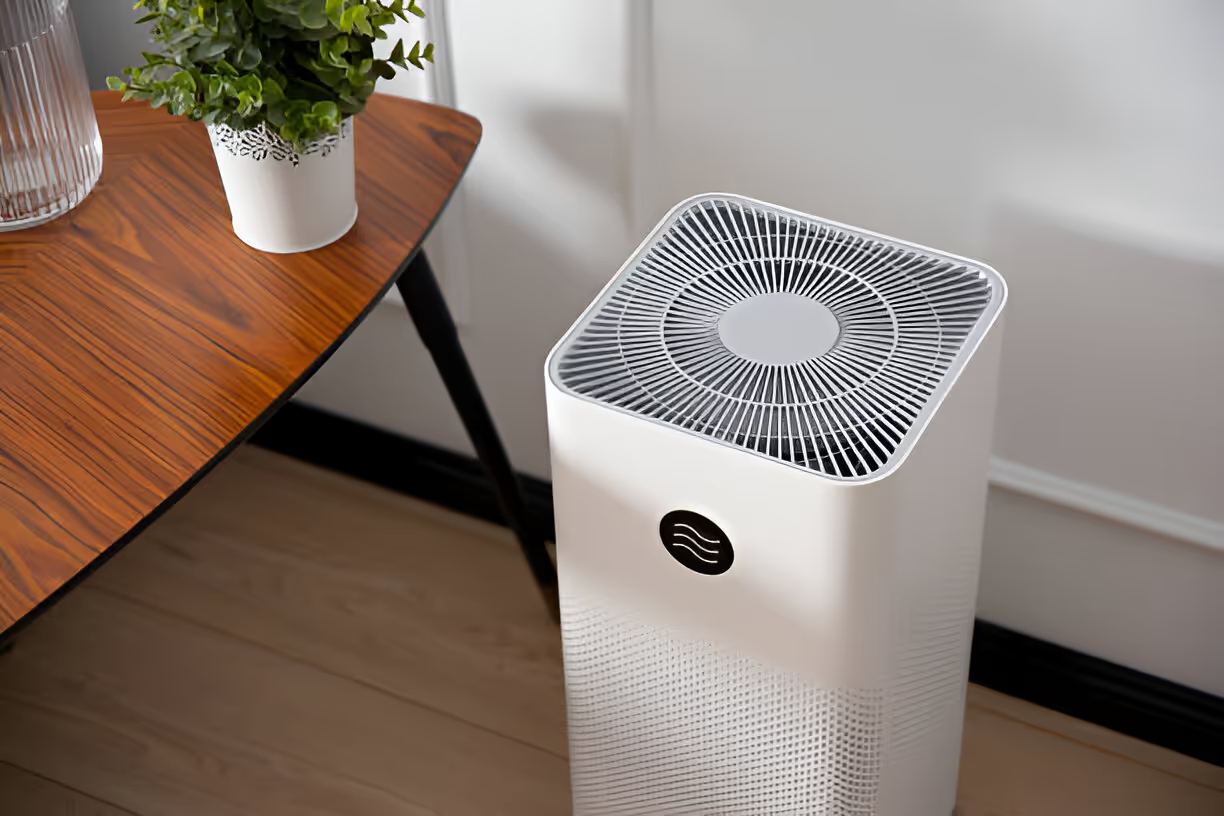Duct Repair in Atco, NJ
Duct Repair in Atco, NJ
A properly functioning duct system is the backbone of home comfort in Atco, NJ. Leaky, disconnected, or collapsed ducts reduce heating and cooling performance, raise energy use, and can worsen indoor air quality in homes across the South Jersey coastal plain.

Why duct repair matters in Atco, NJ
Atco experiences humid summers and cold winters, and many local houses have attics, crawlspaces, or older duct runs that are vulnerable to moisture, rodent damage, and insulation degradation. Unrepaired duct problems let conditioned air escape into unconditioned spaces, forcing your HVAC system to work harder and leaving living areas unevenly heated or cooled. Timely duct repair restores comfort, reduces strain on equipment, and improves indoor air quality for families in the area.
Common duct problems in Atco homes
- Leaks at seams and joints: Metal and flex ducts develop gaps over time where sections connect or at takeoffs.
- Disconnected runs: Duct sections can pull apart in attics, basements, or crawlspaces, sending most airflow to the void.
- Collapsed or crushed ducts: Poor installation, attic storage, or age can cause ducts to flatten and restrict airflow.
- Poor sealing at registers and plenums: Loose grille connections and poorly sealed plenums leak significant conditioned air.
- Damaged or degraded insulation: Wet or missing insulation around ducts increases thermal losses in attics and crawlspaces.
- Punctures and rodent damage: Small holes from pests or nails allow air loss and invite contaminants.
- Mold or moisture damage: Condensation on uninsulated ducts can lead to mold growth and must be addressed alongside repairs.
Signs you need duct repair
- Uneven temperatures between rooms or floors
- Noticeably higher energy bills without a change in usage
- Weak airflow from vents or whistling sounds in the ductwork
- Visible dust accumulation near registers or unexplained household dust
- Musty smells when the system runs, or visible mold on duct surfaces
- Frequently tripped breakers or short cycling due to system strain
How duct problems are diagnosed
A professional diagnosis combines visual checks and testing to map leaks and performance issues. Typical diagnostic methods include:
- Visual inspection in attics, basements, crawlspaces, and mechanical closets to find disconnected or damaged runs.
- Pressure testing with a duct blower or duct blaster to quantify leakage and locate high-loss areas.
- Airflow measurement at supply registers and returns to identify low-flow sections and imbalanced systems.
- Smoke testing or theatrical fog to trace leak paths in hard-to-reach areas.
- Thermal imaging to spot poorly insulated or thermally compromised duct segments.
- Inspection for moisture, pest damage, and insulation condition.
Common repair techniques
Repairs are selected based on the type and location of the problem, with an emphasis on long-term durability and code-compliant materials. Typical techniques include:
- Sealing: Applying water-based mastic or high-quality foil HVAC tape to seams, joints, and register collars for airtight connections. Mastic is preferred for long-term sealing.
- Patching: Installing metal patches or reinforced wraps over punctures and small holes in sheet metal ducts.
- Reconnecting runs: Reattaching flex or sheet metal ducts to takeoffs using proper collars, clamps, and sealant to restore full airflow.
- Reinforcing collapsed sections: Replacing crushed flexible duct or installing inner supports and new outer insulation where feasible.
- Section replacement: Removing and replacing heavily damaged or undersized runs with new duct material sized to system requirements.
- Re-insulating: Installing new R-value insulation or repairing wet insulation to reduce thermal loss in attics and crawlspaces.
- Balancing and register adjustments: After repairs, technicians measure airflow and adjust dampers or add balancing plates to equalize distribution.
Typical repair process
- Initial assessment and testing to document leaks and performance shortfalls.
- Access and preparation, including safe attic or crawlspace entry and clearing around ducts.
- Targeted repairs (sealing, patching, reconnecting, replacing) using approved materials.
- Re-insulation of repaired sections when required.
- Post-repair testing to verify leakage reduction and restored airflow.
- Written summary of repairs performed and recommendations for further improvements.
What improvements you can expect
- More even temperatures throughout your home and fewer hot or cold spots.
- Improved airflow and quicker recovery to set temperatures.
- Reduced run-times and less wear on HVAC equipment, which can extend service life.
- Better indoor air quality as fewer contaminants are drawn into the conditioned air stream.
- Lower energy use for the same level of comfort once leaks are sealed and ducts insulated.
Typical turnaround times
- Minor sealing and small patch jobs: a few hours, often completed same day.
- Reconnecting runs and re-insulating sections: half day to one day depending on access.
- Larger repairs or partial duct replacement: one to two days, influenced by attic or crawlspace access and extent of replacements.
- Full ductwork replacement or major rework: multiple days and often requires planning and coordinated scheduling.
Maintenance tips to prevent future duct issues
- Schedule an annual HVAC inspection that includes duct checks, especially before summer and winter seasons.
- Replace furnace and air handler filters regularly to reduce dust loading and help detect unusual debris from duct leaks.
- Keep attics, crawlspaces, and basements dry and rodent-proof to protect insulation and duct integrity.
- Avoid storing heavy items on or across duct runs in attics to prevent crushing or disconnection.
- Consider insulating accessible ductwork to reduce thermal losses in unconditioned spaces.
- If remodeling or installing new appliances, have ducts evaluated and rebalanced to accommodate changes.
Duct repair in Atco, NJ is a high-value investment for comfort and efficiency, especially given local climate factors and the construction types common in the area. Proper diagnosis, targeted repairs, and routine maintenance restore system performance and improve indoor air quality, helping homes run more efficiently year-round.
Customer Testimonials
Our customers consistently praise our exceptional service and quality products, highlighting their satisfaction and loyalty.


